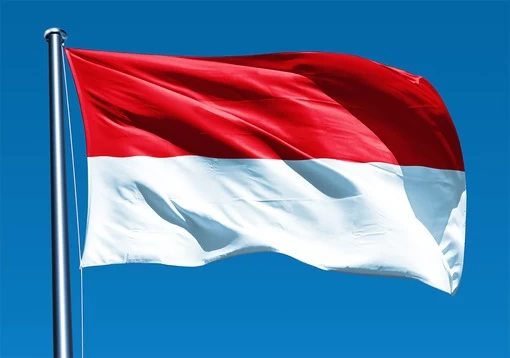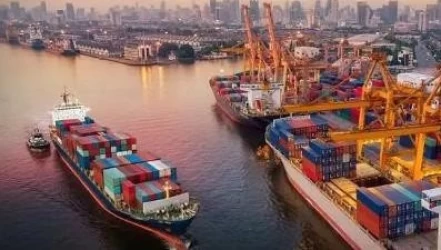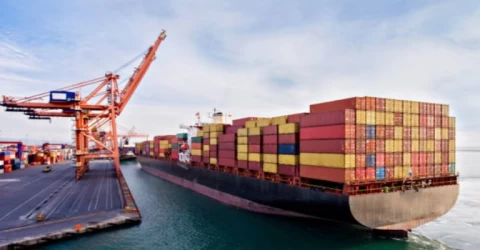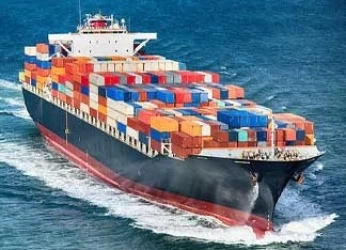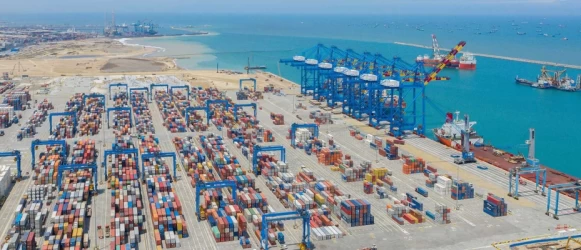Guide to Trade with Indonesia, Sea Transportation
Indonesia, the world’s largest archipelagic country, offers a unique and strategic position for international trade. With over 17,000 islands, its maritime industry is crucial for connecting domestic and international markets. Here’s a comprehensive guide to trading with Indonesia via sea transportation.
1. Understanding Indonesia’s Maritime Infrastructure
Indonesia’s maritime infrastructure is extensive, with several key ports facilitating international trade. Some of the largest and most significant ports include:
- Port of Tanjung Priok: Located in Jakarta, this is the busiest and most advanced port in Indonesia, handling a significant portion of the country’s import and export activities.
- Port of Surabaya (Tanjung Perak): Another major port, crucial for trade in the eastern part of Indonesia.
- Port of Belawan: Located in North Sumatra, it serves as a gateway for trade in the western region.
2. Key Steps in the Shipping Process
To successfully trade with Indonesia via sea transportation, follow these key steps:
- Selecting the Appropriate Shipping Method: Depending on the nature of your goods, you can choose between Full Container Load (FCL) and Less than Container Load (LCL). FCL is ideal for large shipments, while LCL is cost-effective for smaller loads.
- Documentation: Ensure all necessary documents are prepared, including the Bill of Lading (BOL), commercial invoice, packing list, and any required certificates of origin.
- Customs Clearance: Familiarize yourself with Indonesia’s customs regulations to avoid delays. This includes understanding the Harmonized System (HS) codes for your goods and any applicable tariffs.
3. Regulations and Compliance
Indonesia has specific regulations for imports, including restrictions on certain goods and mandatory compliance with local standards. Key points to consider:
- Import Licenses: Some goods require special import licenses. Ensure you have the necessary permits before shipping.
- Product Standards: Certain products must meet Indonesian National Standards (SNI). Verify that your goods comply with these standards to avoid issues at customs.
4. Choosing the Right Logistics Partner
Partnering with a reliable logistics provider is crucial for smooth operations. Look for providers with experience in Indonesian trade, as they will be familiar with local regulations and can offer valuable insights.
5. Optimizing Supply Chain Efficiency
To enhance efficiency, consider the following:
- Route Optimization: Choose the most efficient shipping routes to reduce transit time and costs.
- Technology Integration: Utilize technology for tracking shipments and managing logistics. This can help in real-time monitoring and better decision-making.
6. Challenges and Opportunities
While trading with Indonesia offers numerous opportunities, there are also challenges to be aware of:
- Infrastructure Development: Indonesia is continuously improving its port infrastructure, but some areas may still face limitations.
- Regulatory Changes: Stay updated on any changes in trade regulations to ensure compliance.
- Market Potential: Indonesia’s growing economy presents significant opportunities for exporters, particularly in sectors like electronics, machinery, and consumer goods.
Conclusion
Trading with Indonesia via sea transportation can be highly rewarding with the right preparation and understanding of the local market. By following this guide, you can navigate the complexities of maritime trade and tap into the vast potential of Indonesia’s economy.
If you have any specific questions or need further assistance, feel free to ask!

